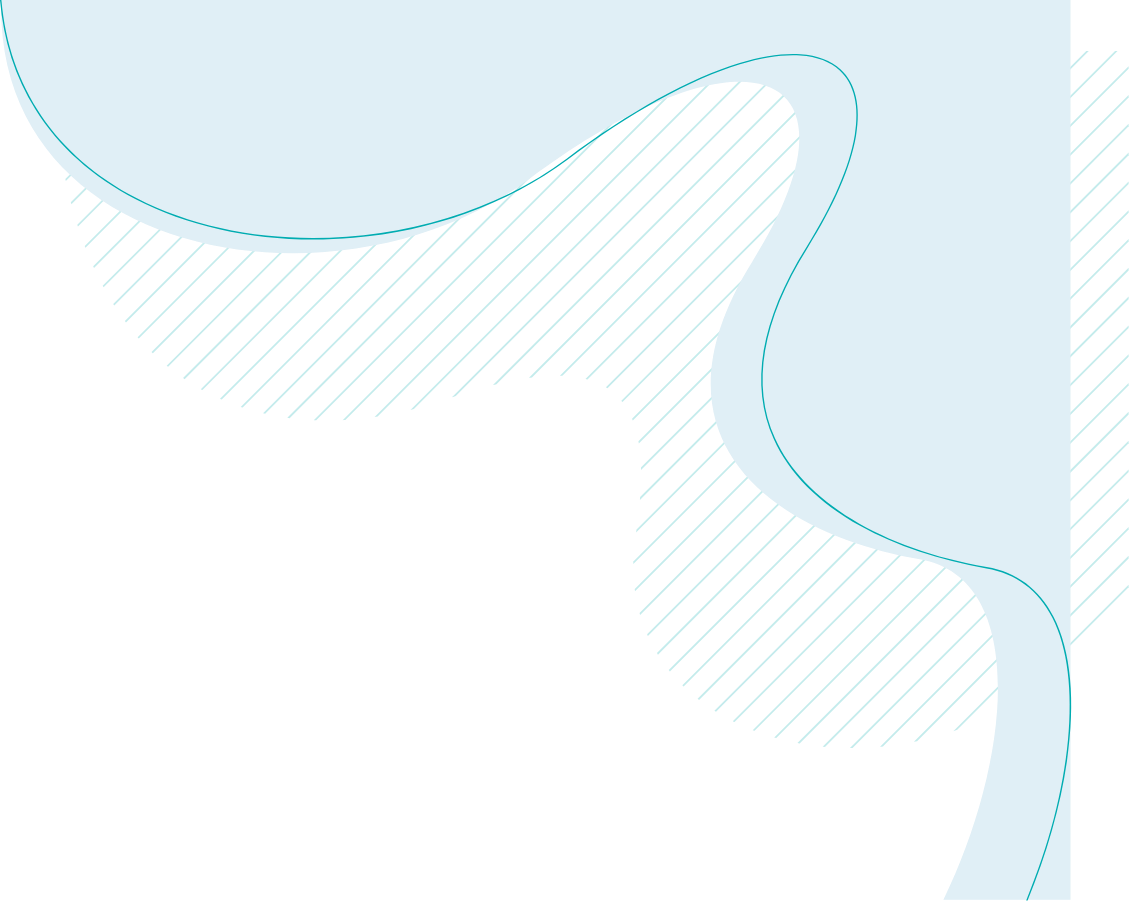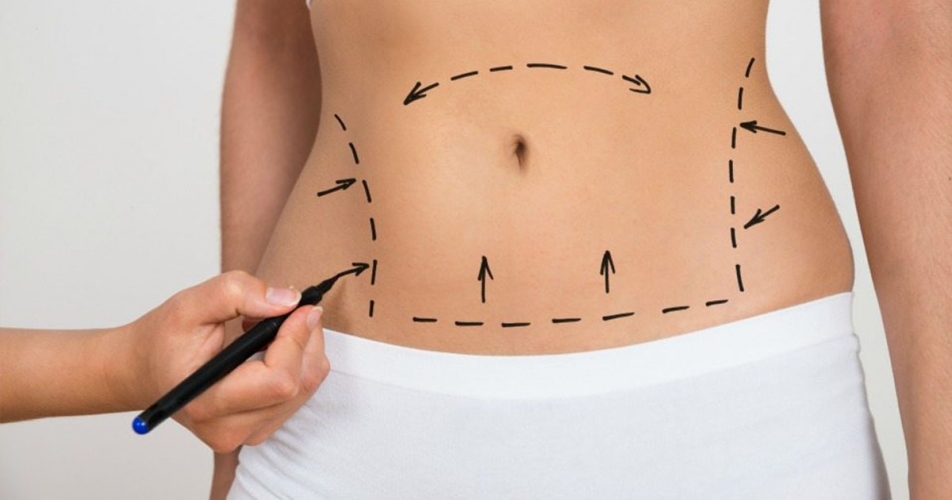


In considering improvement of the shape of the abdomen, each layer of the abdominal wall affected needs to be considered. There are three relevant layers, the skin, the fatty tissue and the underlying muscles. The skin can be stretched with pregnancy or weight gain, the fatty layer can increase with weight gain and the muscle layer may also be stretched or weakened with pregnancy, weight gain or surgery.
The Tummy tuck procedure can be performed in various forms, be it at a patient’s current stable weight, or after significant weight loss. The ideal time to perform the procedure is when someone’s weight has hit a plateau or been stable for at least 6 months. It is also ideal to consider a tummy tuck once future pregnancies are no longer desired. This is so that the results are retained in the long-term, and to minimize the risk of revision surgery. Pregnancy is possible after tummy tuck surgery, and indeed has actually successfully occurred quite a few times in the past! However, this is not ideal, as the risk of needing to re – tighten the skin or the muscles afterwards becomes a distinct possibility. This can certainly be done safely if required, and for those who had unexpected pregnancies, it is not usually a problem in itself. Despite this, it is ideal to aim for one procedure once no further pregnancies are planned.
Tummy tuck surgery is usually safe, with minimal risks. For smokers, this procedure does carry higher risks related to delayed wound healing, and a risk of partial skin necrosis, although this is quite uncommon. In general, it is recommended that smokers cease smoking for some weeks prior to the surgery, and until fully healed after the surgery, which is a minimum of 6 weeks after the procedure. It is also a normal part of the post – operative course to have some significant swelling for up to 12 months. Although a significant change and improvement is seen immediately, final results won’t be achieved until the post- operative swelling resolves. A large amount of swelling goes at the 6 -week mark after the surgery, another larger amount again settles at the 3- month mark, and then further swelling settles more slowly in the next 6 months. Final results are visible at 12 months, at which time the tummy is at it flattest. That is why any revision surgery should ideally not be considered until after full healing has occurred. The reason for that is that commonly, most minor issues resolve spontaneously with conservative management over that period of time.
Feel free to contact us for a consultation to discuss your case in more detail.